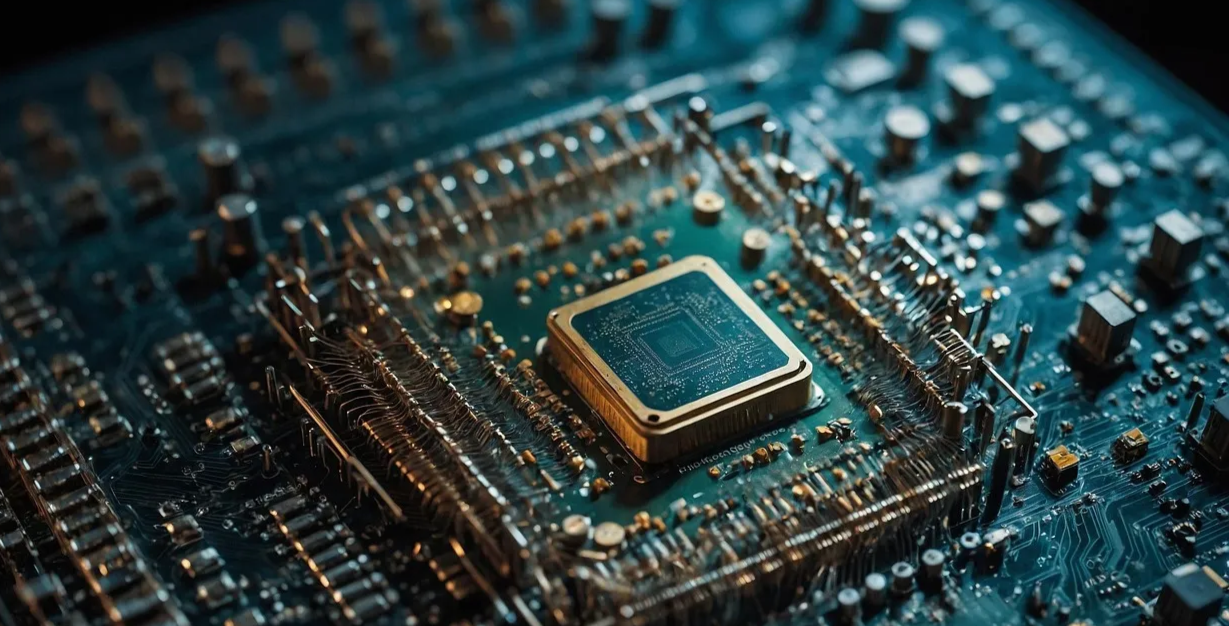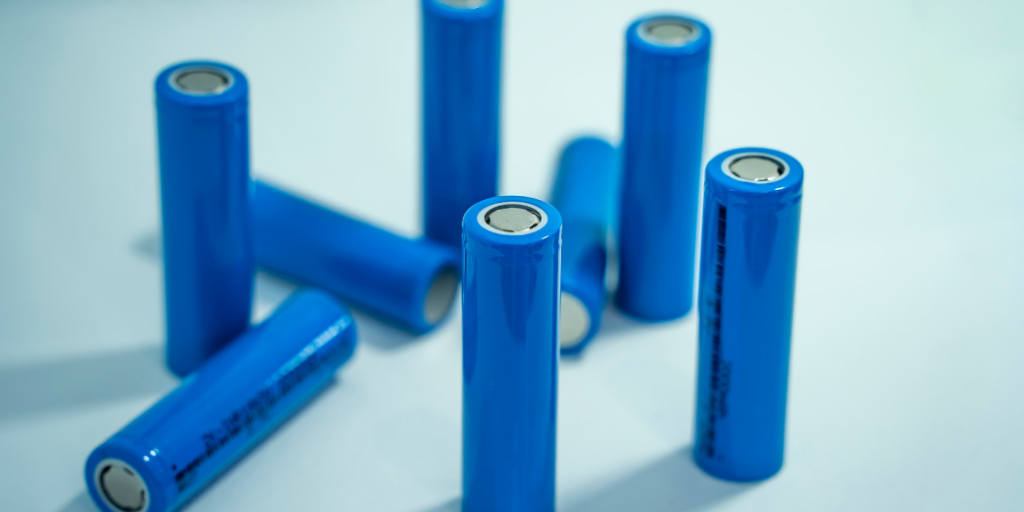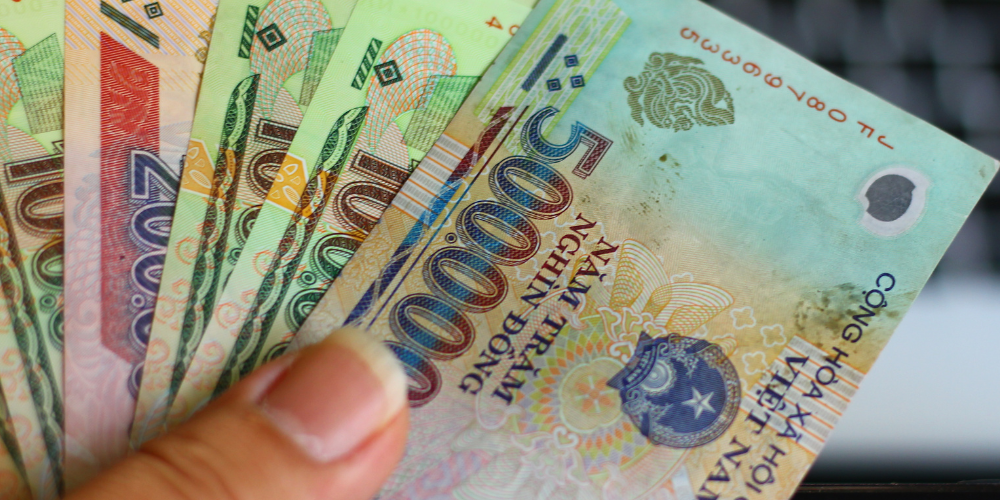Industry Reports
Southeast Asia’s Rising Role in Semiconductors
Summary
SEA strengthens its global role in semiconductors through advanced ATP, smart policy, and talent upskilling—fueling rapid market expansion.
SEA’s ATP Dominance Fuels Significant Market Growth
Southeast Asia (SEA) has cemented its position at the heart of the global semiconductor industry through world-class Assembly, Testing and Packaging (ATP) capabilities. Singapore and Malaysia anchor a mature ecosystem that now stretches upstream into nascent front-end fabrication and design, while Vietnam, Thailand and the Philippines are scaling ATP at pace, luring sizeable foreign direct investment.
Collectively, these efforts are forecast to lift the ASEAN semiconductor market to about USD 42 billion by 2028. Growth is powered by ballooning demand from consumer electronics, electrified vehicles and data-processing hardware. SEA’s location astride the Strait of Malacca and South China Sea, together with first-rate ports and airports, underpins frictionless trade. Targeted training schemes are also closing critical skills gaps to ensure a stable, highly qualified workforce.
Source: BCG
SEA’s Foundational Strengths Drive Growth
Central Location Optimises Semiconductor Logistics
Sitting on the world’s busiest maritime corridors, SEA offers direct access to China, Japan, Korea and Taiwan. Shorter voyages via hubs such as Singapore’s Changi Airport, Port Klang in Malaysia and Hai Phong in Vietnam trim freight bills and mitigate delays.
Because semiconductor production is often split across borders, seamless logistics are vital. SEA’s integrated infrastructure therefore reduces bottlenecks, helping manufacturers keep inventory lean and operations agile.
Targeted Programmes Bridge SEA’s Talent Shortage
A looming global shortfall of one million semiconductor professionals by 2030 has prompted bold regional action. Malaysia’s National Semiconductor Strategy will upskill 60,000 engineers, while Thailand plans to train 80,000 specialists.
Vietnam, aided by US funding and Arizona State University mentorship, targets 50,000 engineers; the same initiative will prepare 6,000 Filipino students for ATP roles. These coordinated schemes secure a future talent pool and safeguard productivity across the value chain.
Source: Semiconductor Industry Association
Market Forces and Policy Shape Demand
Demand Enablers Across Key Industries
SEA’s thriving e-commerce platforms and fintech innovations rely on ever more sophisticated chips for secure processing and AI analytics. Simultaneously, the automotive sector’s pivot to electric drivetrains and Advanced Driver-Assistance Systems is lifting demand for automotive-grade semiconductors; Thailand and Indonesia are localising supply to capture this opportunity.
The region is also fast becoming a data-centre hotspot, driving requirements for high-performance memory and processors. Continued dominance in consumer-electronics assembly amplifies overall chip needs across almost every node.
Source: Source of Asia
Government Policies Accelerate Semiconductor Growth
Malaysia’s USD 5.3 billion National Semiconductor Strategy, launched in 2024, exemplifies a new wave of incentives aimed at attracting investors and strengthening upstream capability. Vietnam’s long-range plan envisages scores of design houses and fabs, hoping to elevate the country to global leadership by 2050.
Singapore’s SGD 180 million National Semiconductor Translation and Innovation Centre focuses on collaborative R&D, while Thailand’s industry policy couples fiscal perks with workforce development. Indonesia’s Digital Economy Framework similarly elevates AI and semiconductor tech as pillars of future growth.
Geopolitical Shifts Redefine Regional Dynamics
| Trade Tensions Offer SEA Gains, Yet Bring Scrutiny
US-China frictions have prompted Chinese firms to expand in SEA to skirt sanctions, boosting local capacity and forging joint projects—such as Chinese suppliers partnering US companies in Penang and acquiring Singaporean testing facilities.
However, Washington is watching for sanction-evasion. Investigations into Malaysian, Thai and Vietnamese solar exports hint at similar checks on chips. The possibility of secondary tariffs means SEA manufacturers must maintain transparent, compliant supply chains to safeguard market access.
| India Emerges as Key Semiconductor Player
India is rapidly emerging as a formidable player in the global semiconductor landscape, intensifying the competitive dynamics for Southeast Asia. The country is aggressively advancing its semiconductor sector through a combination of comprehensive government initiatives, substantial foreign direct investments, and ambitious future plans. Central to this push is the “India Semiconductor Mission,” launched in December 2021 with a USD 10 billion investment, which underpins a four-scheme strategy. This strategy includes significant fiscal support for Silicon CMOS-based semiconductor fabrication and display facilities, as well as capital expenditure support for compound semiconductors and ATP/OSAT facilities.
Furthermore, the Design Linked Incentive Scheme covers up to 50% of eligible design expenditures and provides deployment-linked incentives. These programmes have already resulted in the approval of four major projects, representing a combined investment of INR 1.5 trillion (approximately USD 18 billion), with an expected production capacity of 70 million chips per day once operational. Beyond financial incentives, India is strategically building a skilled workforce through initiatives like the Chips to Startup (C2S) Programme, targeting the training of 85,000 engineers in VLSI and Embedded System Design over five years. Strategic partnerships with global powers, notably the US and Japan, further accelerate India’s semiconductor ecosystem development, focusing on supply chain resilience, manufacturing, and innovation, thereby positioning India as a significant and growing force in the industry.
Source: Spherical Insights | Ministry of Electronics and Information Technology | Wright Research | Information Technology and Innovation Foundation
Strategic Partnerships and FDI Propel Future
| Complementary Strengths Forge Resilient Supply Chains
The semiconductor industries of India and Southeast Asia are increasingly demonstrating complementary strengths, paving the way for a more resilient and diversified global supply chain. India excels in the upstream segments, particularly in design services, R&D, and possesses a rapidly growing talent pool proficient in chip design and intellectual property (IP) development. While its front-end manufacturing capabilities are currently limited, India is actively aiming to attract fabrication facilities for legacy nodes.
Conversely, SEA maintains a dominant position in the downstream ATP segment, with established global hubs in Malaysia, the Philippines, and Vietnam, alongside Singapore’s leadership in foundries and Malaysia’s significant investments in enhancing front-end capabilities. Both regions are heavily investing in workforce development, with SEA training over 220,000 professionals and India targeting 85,000 semiconductor professionals in the coming years. Government support is also robust across both regions, with substantial incentives for manufacturing and R&D. This synergy is powerfully exemplified by Micron‘s multi-site strategy, which strategically integrates R&D in India (Hyderabad and Bengaluru), advanced packaging in Singapore, and high-volume assembly and testing in Malaysia (Penang). This integrated approach allows Micron to mitigate risks associated with supply chain disruptions and trade uncertainties, leverage specialised talent pools across geographies, and ultimately build a more robust and resilient global semiconductor value chain, showcasing the immense potential of India-SEA collaboration.
| Global Investments Bolster SEA’s Semiconductor Position
Southeast Asia continues to attract significant foreign direct investments (FDI) from major global semiconductor players, further solidifying its strategic position within the industry. Leading companies from the US, Taiwan, and Japan are actively building integrated footprints across the region, with notable concentrations in Singapore, Malaysia, and Vietnam. These investments span both front-end manufacturing and Assembly, Testing, and Packaging (ATP) facilities, underscoring SEA’s comprehensive appeal.
For instance, Infineon has committed substantial investments, including a USD 5 billion second phase, to its front-end manufacturing operations in Singapore, focusing on silicon carbide (SiC) power semiconductors. GlobalFoundries has also invested USD 4 billion in Singapore to expand its front-end manufacturing capacity. In the ATP segment, Intel is investing USD 7 billion in Malaysia to enhance its assembly, testing, and packaging capabilities in Penang and Kulim, projecting the creation of over 4,000 new jobs. Similarly, HANA Micron‘s significant investment in Vietnam aims to boost its ATP capacity to 4.5 million units of ICs annually. Beyond individual company investments, Japan is strategically diversifying its chip supply chains away from China towards SEA, providing substantial financial support for projects like Mitsumi Electric‘s semiconductor packaging plant in the Philippines and Tokuyama’s polycrystalline silicon production in Vietnam. These concerted global investments highlight SEA’s growing attractiveness as a reliable and expanding hub for semiconductor manufacturing and assembly, driven by its strategic advantages and supportive policies.
Accelerate Your Research with Speeda
Unlock deeper insights into Southeast Asia’s semiconductor surge with Speeda. Whether you’re tracking emerging supply chain hubs or analysing policy trends across ASEAN, Speeda streamlines your research with instant access to over 11 million company profiles—including one of the largest databases of private companies in Asia. Explore more than 3,000 industry reports spanning nearly 600 sectors, dig into detailed M&A deal data, and leverage customised research—all in one powerful platform. Stay ahead of the curve with Speeda.


























